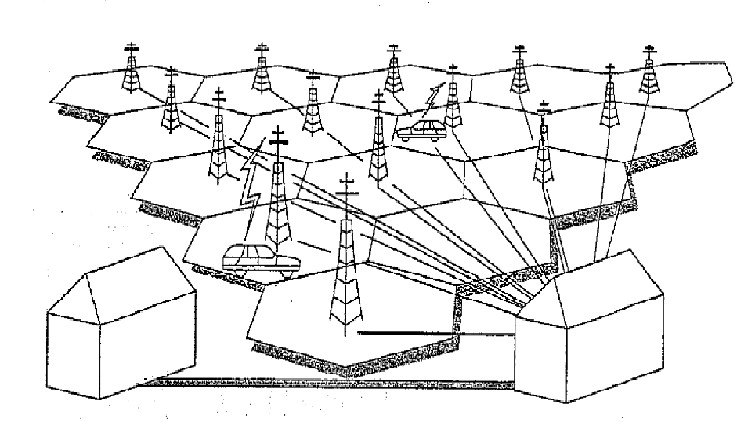
DFT, Properties of DFT
What you will learn
Discrete Fourier Transform
Properties of DFT
Inverse Discrete Fourier Transform
Circular convolution
Description
The Discrete Fourier Transform (DFT) is one of the most important tools in Digital Signal Processing. It enables us to find the spectrum of a finite duration sequence.
Discrete Fourier Transform (DFT) is an algorithm to implement Discrete Time Fourier Transform (DTFT) on computers for signal processing by sampling at equally spaced frequency points of one cycle of DTFT. Unlike DTFT (DTFT is continuous), the output of DFT is discrete and hence can be implemented on a computer.
DTFT is a continuous function of frequency, where as DFT is a discrete function of frequency.
Computing the DFT is equivalent to solving a set of linear equations.
In direct DFT method, the computational part is too long.
The Discrete Fourier Transform (DFT) can be computed efficiently using a Fast Fourier Transform (FFT).
Fast Fourier Transform (FFT) is an algorithm to reduce number of complex additions and complex multiplications while calculating DFT.
In this course, I have explained about Discrete Fourier Transform ( DFT) and Inverse DFT (IDFT).
The topics are
Relationship between DFT and DTFT
Finding DFT for a given x(n)
Properties of DFT
Linear convolution
Circular convolution or Periodic convolution
Difference between circular convolution and linear convolution
Performing linear convolution using circular convolution
Many example problems are also explained on all concepts.
After the completion of this course, definitely you are able solve problems on your own.
Content